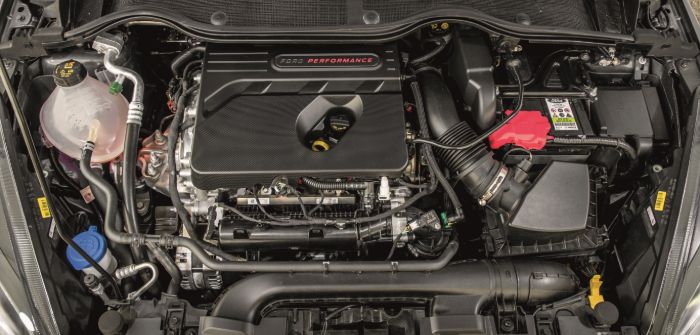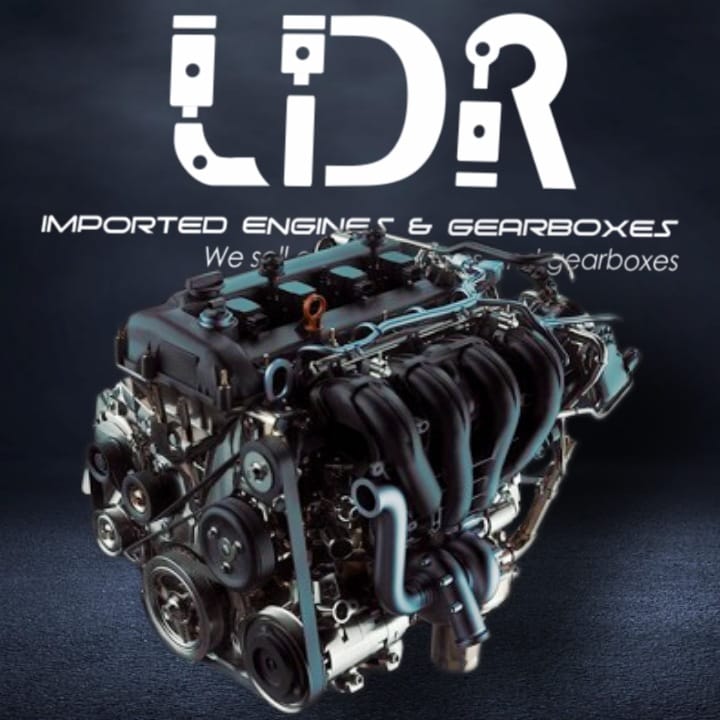Expert Tips for Optimizing Your Ford Fiesta Engine Efficiency
Unlocking the Power of Engines: A Comprehensive Guide to Efficiency and Efficiency
Recognizing the elaborate auto mechanics of engines is vital for both efficiency fanatics and day-to-day vehicle drivers. The answers may redefine our approach to engine performance and efficiency in ways that are both enlightening and vital.
Comprehending Engine Fundamentals
What makes up the fundamental mechanics of an engine? At its core, an engine is a machine developed to convert gas right into mechanical power via a collection of regulated explosions or combustion processes. The key parts consist of the cyndrical tube, piston, crankshaft, camshaft, and valves. The cylinder works as the chamber where burning happens, while the piston relocates within the cylinder to convert the power from combustion into direct movement (ford fiesta engine).
The crankshaft after that transforms this straight movement into rotational energy, which inevitably powers the automobile. The camshaft controls the opening and closing of the shutoffs, controling the consumption of air and fuel and the expulsion of exhaust gases. Additionally, the engine counts on a carefully adjusted fuel-air mix, ignition system, and cooling down system to ensure optimal efficiency and efficiency.
Comprehending engine essentials also involves identifying the importance of engine cycles, such as the four-stroke cycle, that includes intake, power, compression, and exhaust strokes. Each phase is vital in making sure the engine functions smoothly and efficiently. Proficiency of these fundamental auto mechanics lays the groundwork for discovering a lot more complex engine dynamics and efficiency metrics, crucial for enhancing both power result and efficiency.
Secret Efficiency Metrics
Trick efficiency metrics are necessary for evaluating an engine's effectiveness and power result, giving important understandings for both customers and suppliers. These metrics work as benchmarks for engine efficiency, permitting notified choices in layout, manufacturing, and acquiring.
Among the key metrics is horse power, which evaluates the engine's ability to execute work over time. Torque, determined in pound-feet, is one more critical statistics that indicates the engine's rotational pressure, directly impacting acceleration and pulling capability. Fuel effectiveness, normally gauged in miles per gallon (MPG) or litres per 100 kilometers (L/100km), examines exactly how successfully the engine converts fuel right into activity, influencing environmental factors to consider and functional expenses.
Furthermore, thermal effectiveness procedures just how well an engine converts fuel power right into valuable work, disclosing understandings into energy losses largely via warmth. Exhaust degrees, including carbon dioxide and NOx, are additionally important, reflecting the engine's ecological influence and compliance with regulatory criteria.

Tuning Strategies for Effectiveness
Tuning methods play a substantial role in enhancing engine effectiveness by enhancing efficiency metrics identified in earlier conversations (ford fiesta engine). Different techniques exist to make improvements an engine, each adding to boosted gas economic climate and lowered emissions
One effective technique is adjusting the air-fuel ratio, guaranteeing the engine operates within the optimal combustion regime. A leaner mixture can enhance gas performance, but it must be balanced to prevent misfires or engine knock. Additionally, reprogramming the engine management system can rectify parameters such as ignition timing, which even more improves efficiency while keeping power result.
One more important strategy includes changing the consumption and exhaust systems. Updating to high-performance air filters and exhaust headers can minimize back pressure, helping with much better airflow. This allows the engine to breathe even more check easily, resulting in improved combustion efficiency.
In addition, the application of advanced tuning devices, like dyno screening, offers precise information that allows targeted adjustments. On a regular basis checking these performance metrics ensures that adjusting efforts produce the desired effectiveness results. Collectively, these methods not only boost engine performance however also contribute to long-lasting sustainability in engine procedures.
Maintenance for Optimum Performance
Normal engine maintenance is important for attaining optimal efficiency and longevity. A well-kept engine not only runs effectively yet likewise decreases the risk of pricey repairs and malfunctions. Key elements requiring routine focus consist of oil, filters, belts, and stimulate plugs.
Altering the engine oil at recommended intervals is essential, as oil lubricates moving components and prevents overheating. Changing oil and air filters makes sure that pollutants do not hinder engine feature. Neglecting these elements can result in lowered efficiency and prospective engine damages.
Furthermore, examining and replacing used belts and pipes is essential to prevent abrupt failings. Timing belts, in particular, ought to be replaced according to the maker's routine to prevent devastating engine damage.
Glow plugs need to additionally be examined and changed as necessary, because they play a critical function in ignition and fuel effectiveness.
Future Patterns in Engine Innovation
Embracing developments in technology, the future of engine design is poised to change efficiency and effectiveness throughout different applications. Crossbreed and totally electrical powertrains are coming to be progressively mainstream, providing reduced emissions and improved gas efficiency.
Additionally, innovations in products science are causing lighter, more powerful components that boost engine performance while lowering energy usage. Advanced production methods, such as 3D printing, permit for click this the development of complex geometries that improve air movement and thermal management, thus optimizing burning processes.
Furthermore, the combination of man-made knowledge and artificial intelligence is set to transform engine diagnostics and efficiency tuning. These modern technologies can examine substantial quantities of information in actual time, making it possible for anticipating maintenance and tailored performance improvements.
Verdict
In final thought, opening the power of engines requires a thorough understanding of their mechanics and efficiency metrics. Executing reliable tuning strategies and adhering to regular maintenance practices significantly boost engine capacities.
Furthermore, the engine counts on a very carefully calibrated fuel-air blend, ignition system, and cooling system to guarantee ideal efficiency and performance.
Understanding engine fundamentals likewise includes acknowledging the value of engine cycles, such as the four-stroke cycle, which includes consumption, power, exhaust, and compression strokes. Mastery of these basic technicians lays the groundwork for discovering extra complicated engine characteristics and efficiency metrics, necessary for enhancing advice both power outcome and performance.

Embracing advancements in innovation, the future of engine layout is poised to revolutionize performance and effectiveness throughout different applications.